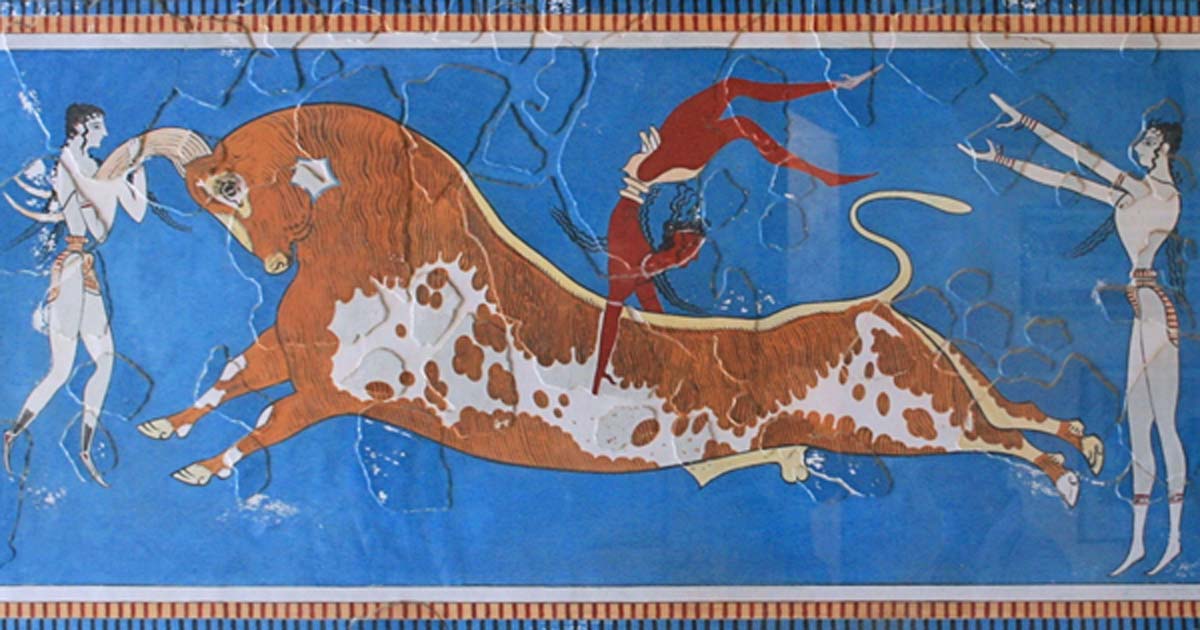It seems there is a historical precedent noted in the art of the ancient Egyptians (that possibly carried over to the Greeks, too). It is noted that men are generally depicted with dark skin tones whereas women are depicted with lighter skin tones. It is also a way of demonstrating an elevated status (in some cases) by figuratively representing the ability to send someone else out into the field to do the manual labor.
This forum thread discusses the subject, with modern-day ideas about race colliding with ancient ones. Worth a read.
This article discusses symbolism of colors in Egypt, with white representing "color of purity, sacredness, cleanliness and simplicity."
It seems very plausible to me that these Egyptian ideas carried over into Nephite culture the same way they seem to have carried over into Greek culture (Greek art seems to adopt this skin tone convention after a period of known contact with Egyptian culture.

It is worth noting that the women/priestesses on either side of this famous Minoan fresco were also figures of authority in this context:
The ritual itself may be illustrated by another wall painting, the so-called Bull Leaping Fresco. It shows three figures, apparently one male and two females, leaping over a running bull. Whether this is an acrobatic display, a sacrifice, a sport, or a form of worship is not clear. What is clear is that both men and women were involved, and women were in authority.
I'm honestly not sure how or if this fits together with the Nephite imagery, but it is an interesting connection between light skin, authority, symbols of purity, etc.